In today’s digital age, it is easy to forget the simple joys you get from playing pencil and paper games. These games are not only fun but also educational, helping kids develop critical thinking, creativity, and social skills. Whether you are looking for a way to entertain a group of children or just want to spend some quality time with your own kids, this list of paper and pencil games will provide hours of entertainment.
Classic Pencil and Paper Games
- Tic-Tac-Toe
- Hangman
- Dots and Boxes
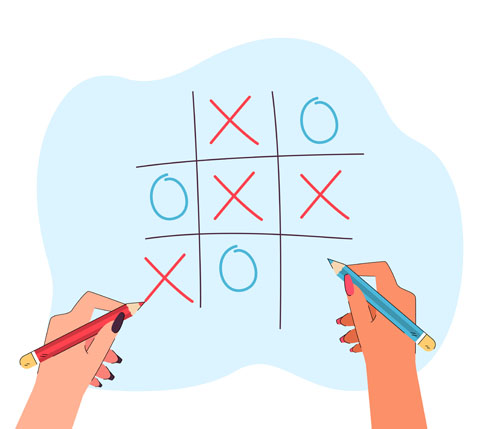
Age: 4+ years
Players: 2
Objective: Be the first to get three of your marks in a row (horizontally, vertically, or diagonally).
How to Play: Players take turns marking a space in the grid with their symbol (X or O).
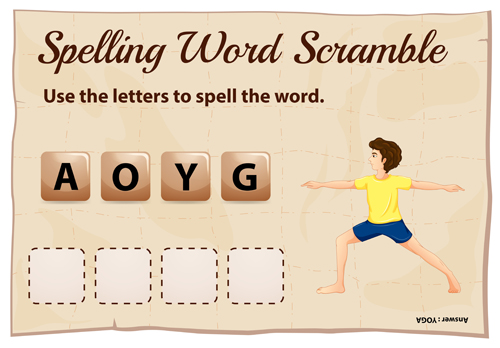
Age: 6+ years
Players: 2+
Objective: Guess the word before the drawing of the hangman is completed.
How to Play: One player thinks of a word and writes down a series of dashes representing each letter. The other players guess letters. Correct guesses are filled in, while incorrect guesses result in drawing a part of the hangman.
Age: 6+ years
Players: 2+
Objective: Complete most of the boxes.
How to Play: Draw a grid of dots. Players alternately try to connect two neighbouring dots with a line. When a player completes a box, they write their initials inside and take another turn.
Paper and Pencil Games for Groups
- Consequences
- Pictionary
- Exquisite Corpse
Age: 8+ years
Players: 3+
Objective: Create a funny story by each player contributing a part.
How to Play: Each player writes a part of a story (e.g., a name, a place, an action) on a piece of paper, folds it to hide their contribution, and passes it to the next player. Once all parts are written, the paper is unfolded to reveal a humorous story.
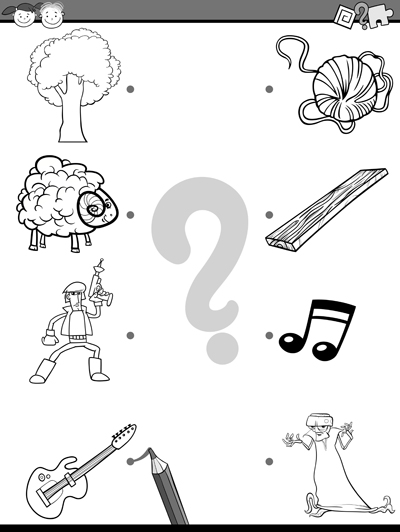
Age: 8+ years
Players: 4+
Objective: Guess the word or phrase based on the drawing.
How to Play: Players alternately pick a word or phrase, and their team attempts to figure out what it is. Use a timer to add excitement.
Age: 8+ years
Players: 3+
Objective: Create a collaborative drawing or story.
How to Play: One player starts by drawing a part of a creature or writing a part of a story, then folds the paper to hide their contribution. The next player continues without seeing the previous part. The final result is often surprising and amusing.
Paper and Pencil Word Games
- Word Search
- Crossword Puzzles
- Boggle
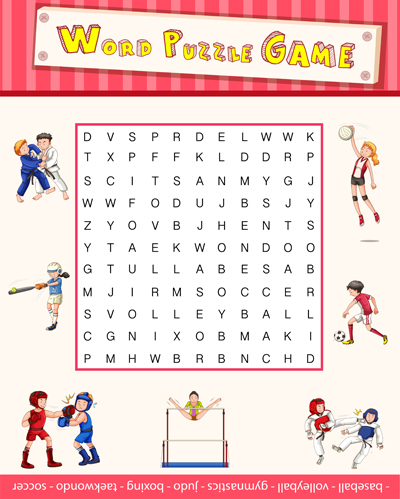
Age: 7+ years
Players: 1+
Objective: To find all the words hidden in the grid.
How to Play: Create a grid filled with random letters and hide words within it. Players circle the words as they find them.
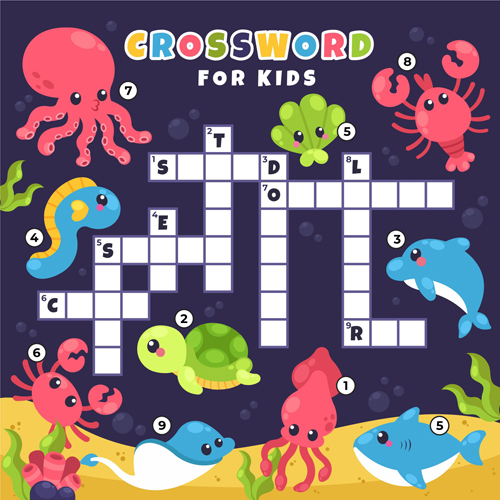
Age: 10+ years
Players: 1+
Objective: Fill in the grid with words based on the given clues.
How to Play: Provide a list of clues and a grid. Players fill in the grid with words that match the clues.
Age: 8+ years
Players: 2+
Objective: Find as many words as possible in the grid.
How to Play: Draw a 4×4 grid of letters. Players have a set time to find words by connecting adjacent letters. The words must have at least three letters.
Pencil Games for Kids
- Maze Puzzles
- Connect the Dots
- Drawing Games
Age: 5+ years
Players: 1+
Objective: Find the way from the start to the finish.
How to Play: Draw a maze on a piece of paper. Players use a pencil to find the path from the start to the finish without crossing any lines.
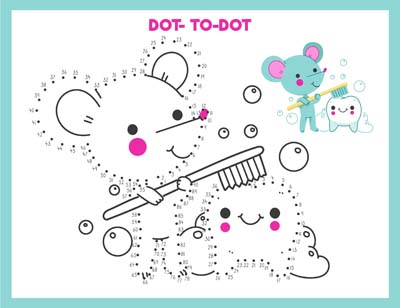
Age: 4+ years
Players: 1+
Objective: Reveal the hidden picture by connecting the dots in numerical order.
How to Play: Draw a series of numbered dots. Players connect the dots to reveal a picture.
Age: 4+ years
Players: 1+
Objective: Create fun and imaginative drawings.
How to Play: Provide prompts or themes for drawings. Kids can draw anything from their favourite animal to a scene from their imagination.
Educational Benefits of Pencil and Paper Games
Pencil and paper games are not just entertaining; they also offer numerous educational benefits:
Cognitive Development: Games like crossword puzzles and word searches enhance vocabulary and spelling skills. They also improve problem-solving abilities and critical thinking.
Fine Motor Skills: Activities like maze puzzles and connecting the dots help develop fine motor skills and hand-eye coordination.
Social Skills: Paper and pencil games for groups such as Pictionary and Consequences encourage teamwork, communication, and social interaction.
Creativity: Drawing games and Exquisite Corpse foster creativity and imagination, allowing kids to express themselves artistically.
Focus and Patience: Many pencil games for kids require concentration and patience, helping children develop these important skills.
Conclusion
Introducing pencil and paper games into your child’s routine can provide a refreshing break from screens while offering educational and developmental benefits. This list of paper and pencil games includes a variety of options that cater to different age groups and interests, ensuring that there’s something for everyone. Whether you’re looking for paper and pencil games for groups or solo activities, these games are sure to bring joy and learning to any setting.
For more such informative/interesting blogs, visit Mother’s Pet Kindergarten.
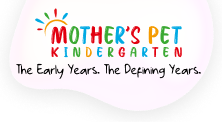

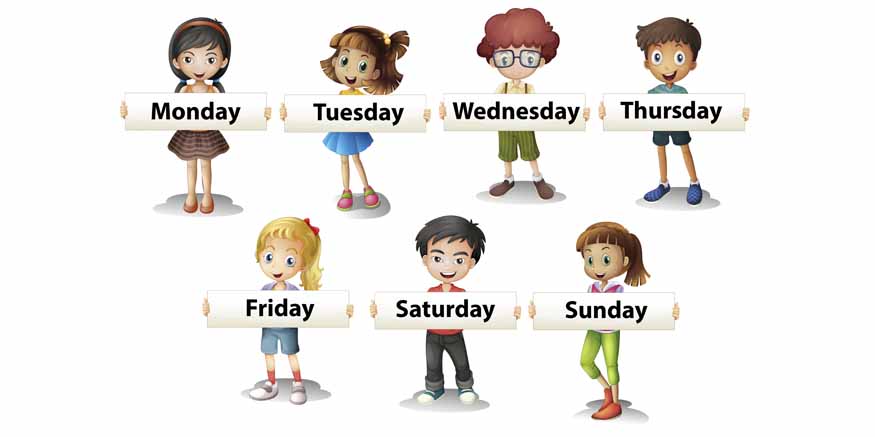



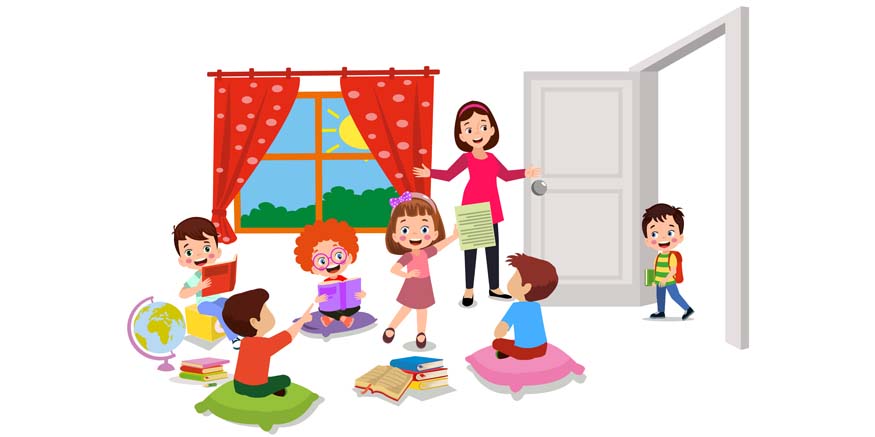

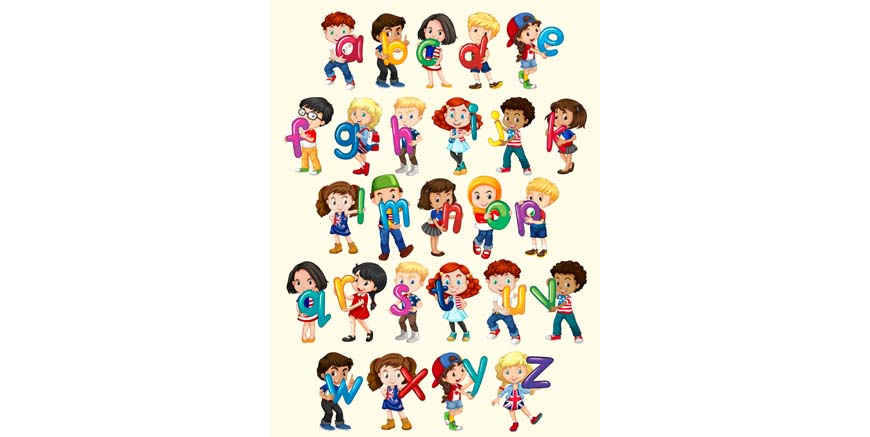


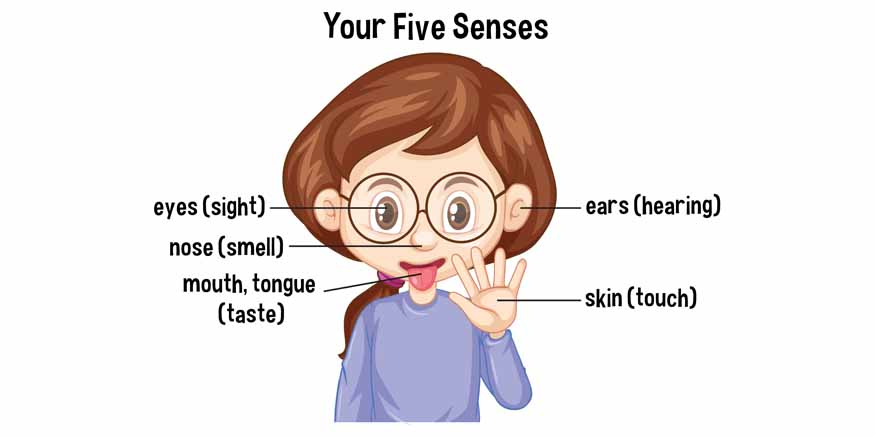

Recent Comments